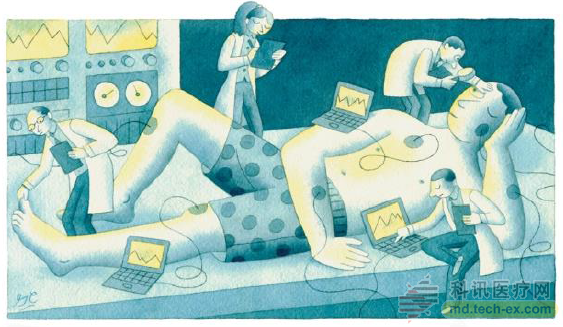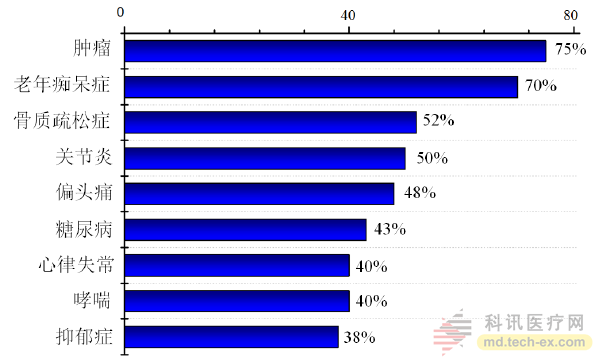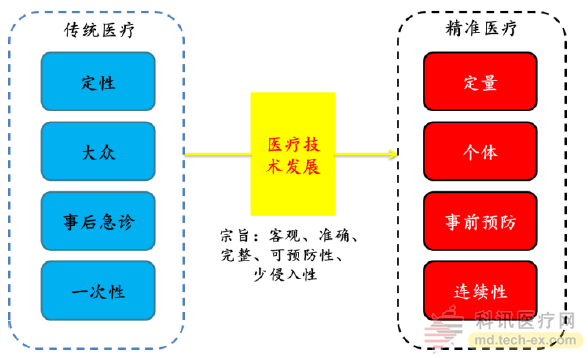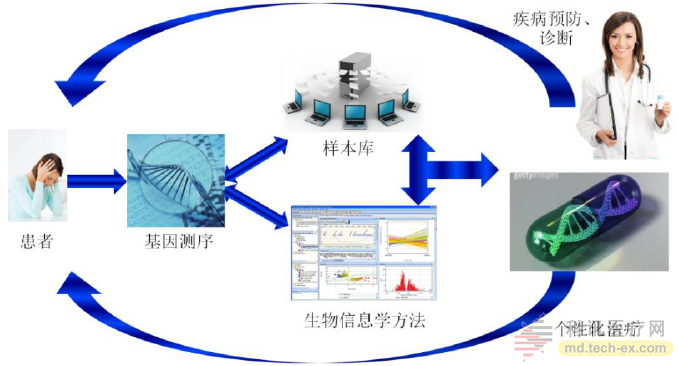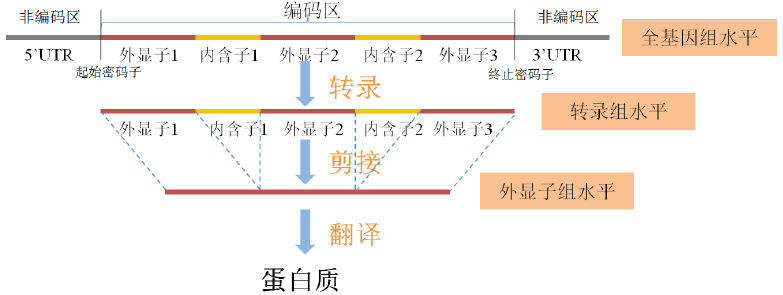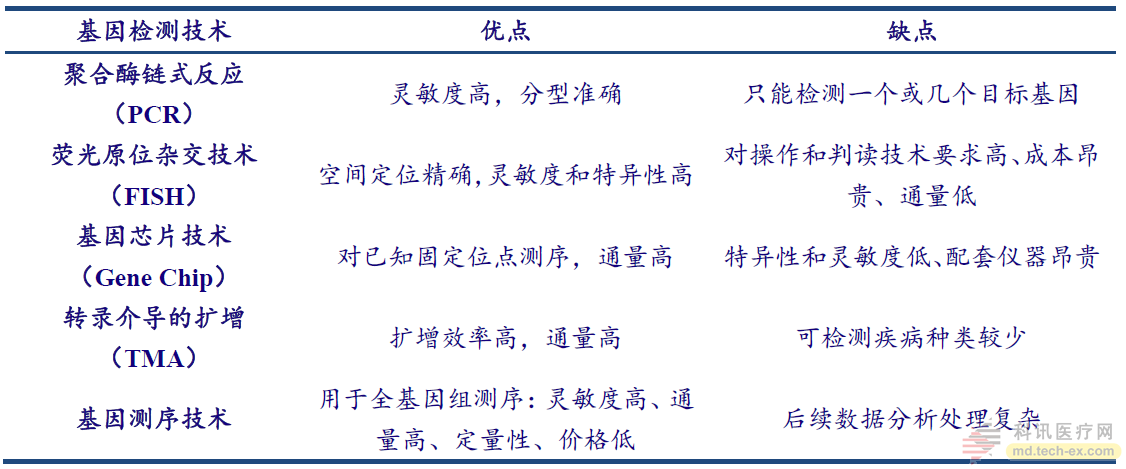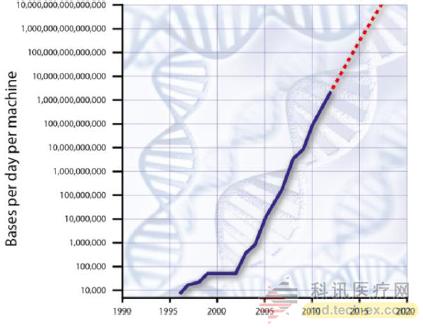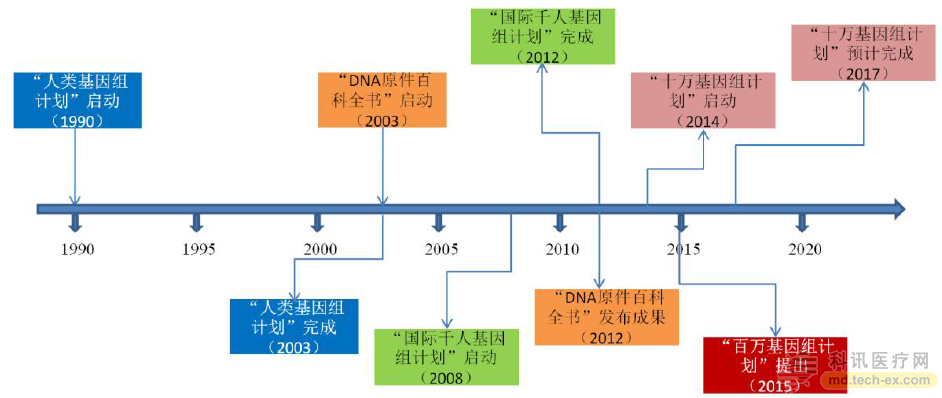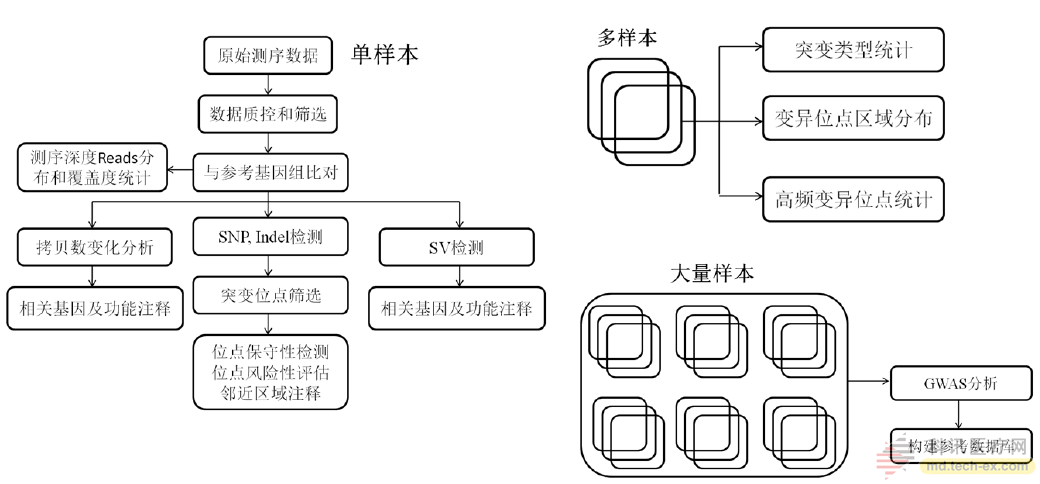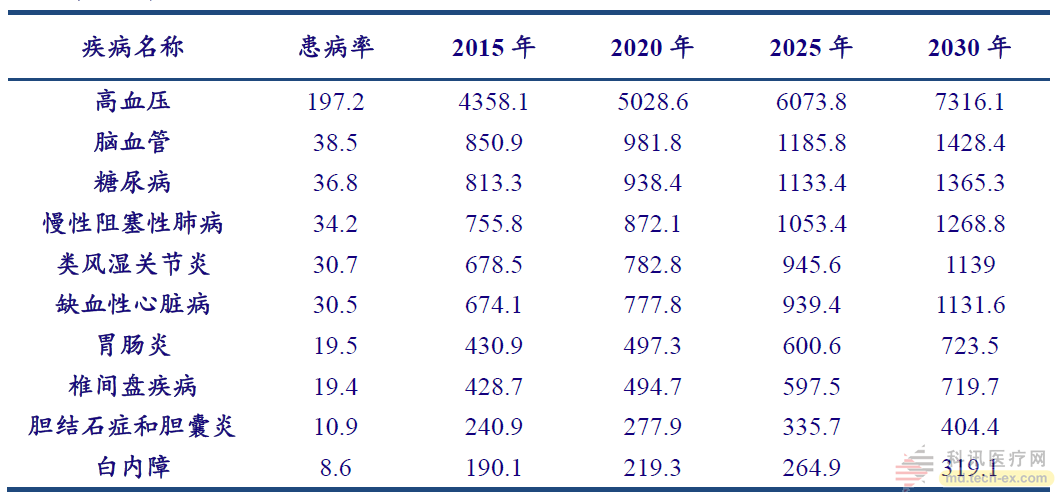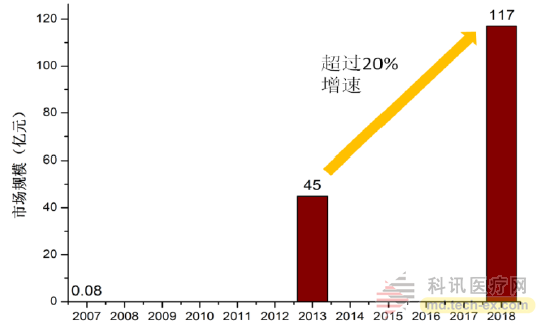Release date: 2016-10-25 Galaxy Securities lasted more than two months, and carried out an in-depth and comprehensive analysis of the policy environment of the genetic sequencing industry, technology trends and business models and investment logic of the industry giants, and released the development trend and business model of gene sequencing - exploring precision medicine An in-depth research report on (1) of the series report. With the rapid advancement of human genome sequencing technology, the rapid development of biomedical analysis technology and the improvement of big data analysis tools, we are entering a new era of medical health - precision medicine. Precision Medicine is a customized medical model based on “individualâ€. It is based on individual group information and genetic information, and is based on environment, lifestyle, past medical history and diagnosis and treatment. It collects all-round and quantifiable. Forward-looking and time-sensitive individual data, through the comprehensive analysis and mining of data to form valuable medical information, and ultimately design the optimal solution for individuals. Figure 1. Precision Medicine: Customized, Quantitative Medical Models Based on “Personal†By virtue of its high sensitivity, high precision, high throughput and low price, gene sequencing technology has become the mainstream technology for acquiring human genome data in gene detection technology. It collects vital signs information (such as blood pressure and heartbeat) through genomic data and wireless biosensors. Brain waves, body temperature, etc., individual information in imaging equipment (such as CT, MRI, ultrasound, etc.) and traditional medical data combined, precision medicine provides individuals with new customized medical care. The “one size fits all†era of treatment is outdated, and it is imperative to start precision medicine. Traditional medicine pain points spawned precise medical needs. Traditional evidence-based medicine is combined with the clinical experience of the clinician and objective scientific research evidence. The same dose of the same drug is used for the patients with the same symptoms, but the treatment effect varies widely. Traditional treatment options show that tumor inefficiency is as high as 75%, diabetes inefficiency is 43%, and depression inefficiency is also 38%. People are gradually realizing that the occurrence of most diseases is the result of the interaction of their own genetic code and the external environment. With the help of genetic information and environmental information that can be monitored, precision medicine provides customized, optimized treatments for individuals, improves existing treatment levels, and is promising to prevent them before they occur. Figure 2. Traditional medical “one size fits all†treatment, resulting in higher drug inefficiency The four characteristics of quantification, individualization, prevention and continuity of precision medical equipment are important innovations in traditional medicine, which further solve the pain points of traditional medicine and prevent doctors from relying excessively on subjective experience due to “seeing forests without treesâ€. The public data of descriptions and evidence-based medicines have caused problems such as low efficiency of individual diagnosis and treatment, side effects, and hasty measures afterwards. Accurate medical treatment can improve the medical efficiency, but also reduce the high cost caused by unreasonable medical treatment, and has a wide range of social benefits. Figure 3. Technology development promotes traditional medical quality changes, precision medical tools are quantitative, individualized, preventive and continuous. Gene sequencing is the foundation of precision medicine Gene sequencing is the foundation for the establishment of a large database and analysis of "omics", promoting the implementation of "same disease and treatment" and "different disease treatment" Precision Medicine aims to provide patients with accurate diagnosis and personalized treatment options, and to advance medical technology to pre-treatment levels. There are two elements in the development of related technologies: 1. Building a "history" big data sample library, such as genomics, transcriptomics, proteomics, etc.; 2. Exploring the association between genotype and sample phenotype. Through bioinformatics analysis and genetic diagnosis, establish the relationship between genetic information and clinical test and imaging data, achieve accurate disease classification and diagnosis, and develop personalized disease prevention and treatment programs to achieve "simultaneous disease treatment" And "different disease with the same treatment." Both of these elements are inseparable from gene sequencing. Figure 4. Gene sequencing is the foundation of precision medicine Differences between five thousandths of individuals can be captured by gene sequencing The human genome consists of 3 billion pairs of bases, and the difference in genome between different people is only five thousandths. It is this difference of less than 1% that together with the external environment determines the human phenotype, such as high fat and thin, alcohol, lactose tolerance and disease. Gene sequencing is to collect blood, body fluid or cells, use a sequencing instrument to obtain the DNA sequence of the subject, and then use bioinformatics methods to compare the gene information with a known gene mutation database, and analyze the abnormal mutation information. To diagnose the disease and even to predict the risk of illness. Human genome sequencing mainly includes targeted resequencing, exon sequencing, transcriptome sequencing and whole genome sequencing. Abnormal mutations were found by alignment with normal sequences. Abnormal mutation information is divided into three categories according to the number of bases that are mutated: (1) Single base mutation: single nucleotide polymorphism (SNP), (2) variation of bases below 20 bp: insertion-deletion (Indel), (3) base variation above 20 bp: insertion (Insertion) , Deletion, copy number variation (CNV), and genomic structural variation (SV). Figure 5. Human genome-wide, exome, and transcriptome levels are differentiated Gene sequencing is the basis and mainstream technology of gene detection Gene detection technology, using molecular biology methods to detect changes in the structure or expression level of genetic material in patients, in order to achieve accurate diagnosis, thereby guiding better treatment options. Common methods for gene detection include polymerase chain reaction (PCR), fluorescence in situ hybridization (FISH), gene chip technology (Gene Chip), transcription-mediated amplification (TMA) and gene sequencing technology, among which gene sequencing It is the basis and mainstream technology of the other four detection methods. Table 1. Gene sequencing is the basis and mainstream technology for genetic testing The two sides of supply and demand jointly drive the rapid development of gene sequencing Sequencing costs and sequencing time are exponentially decreasing The cost and time-consuming of sequencing are exponentially decreasing. With the continuous innovation of Next Generation Sequencing (NGS), the cost of measuring a person's genome-wide data has dropped rapidly from the original billions of dollars to the current $1,000, and the sequencing time has dropped to three days. Human genome big data accumulation initial stage completion After more than 10 years of accumulation, the human genome database has initially formed scale. In 2003, the Human Genome Project, a 13-year, $3 billion scientist from six US-China scientists, was announced. In the same year, the "DNA Component Encyclopedia Program" was launched, and the research results were published in 2012, which has a significant impact on human disease-related gene sequence research. Subsequently, the “International Thousand Genome Projectâ€, the UK “100,000 Genome Project†and the US “Million Genome Project†were launched in 2008, 2014 and 2015, accumulating human genome samples and exploring the relationship between disease and genes. Provide a solid foundation. Figure 7. The initial accumulation of human genome data, the acceleration of major projects Genomic data analysis method came into being The analysis of the human genome has been initially streamlined and standardized. After the first introduction of bioinformatics in 1987, after nearly 30 years of development, from the initial collection and storage of genomic data, to the use of mathematical modeling and artificial intelligence ideas, mining the biological significance behind the data, reasonable sample data Classification, the establishment of reasonable secondary and tertiary databases, and the use of comparative genomics methods, through short-sequence splicing, gene prediction, and functional annotation, have the ability to process large and complex genomic data. Figure 8. Schematic diagram of the human genome bioinformatics analysis process The need for disease prevention and personalized treatment is far from satisfactory Modern science has confirmed that most diseases are the result of the interaction of genes with the external environment, and almost all diseases (except injuries) are related to genes. The results of the human genome research show that most people carry susceptibility genes of certain diseases. When people are exposed to certain undesirable factors and environment, the incidence rate is much higher than that of non-portable susceptible genes. Therefore, people gradually realize that only by truly understanding their own genetic conditions can we delay or prevent the occurrence of diseases as much as possible by improving the objective environment and regular physical examination. The number of patients with chronic diseases in China is growing rapidly, and there is an urgent need for precision medicine. Promote precision medical needs. At present, there are 3.1 million new cases of cancer in China every year, 260 million people with hypertension, more than 100 million people with diabetes, 150 million people with diabetes potential, 2.2 million cancer deaths and 3 million cardiovascular deaths every year. These diseases are difficult to cure or cure by traditional methods, and there is an urgent need for precision medicine. Table 2. Prediction of the number of chronically ill patients in the elderly in China (10,000 people) More and more people are realizing the importance of gene sequencing for their health. Stephen Steve Jobs, the founder of Apple, who died in 2011, had undergone whole-genome sequencing. In May 2013, Oscar-winning Angelina Jolie reduced the risk of breast cancer from 87% to 5% through genetic testing and corresponding resection. The gene sequencing market is expected to maintain a growth rate of more than 20% per year The growth rate of the precision medical market will far exceed the overall level of the pharmaceutical industry. According to BCC Research, the global precision medical market is close to 60 billion US dollars in 2015, and the annual growth rate is expected to be 15% in the next five years, which is 3 to 4 times the overall growth rate of the pharmaceutical industry. Among them, the global gene sequencing market grew from 8 million US dollars in 2007 to about 4.5 billion US dollars in 2013. It is expected to maintain a growth rate of more than 20% in the next few years, and will reach about 11.7 billion US dollars by 2018. Markets and markets predict that China's gene sequencing industry is expected to reach 20%-25% CAGR between 2012 and 2017. Source: Galaxy Securities Hard Capsule,Acne Remove Capsule,Skin Lighten Capsule,Anti-Inflammatory Capsule Guangzhou Etechange Biological Engineering Co.,Ltd. , https://www.etechange.com